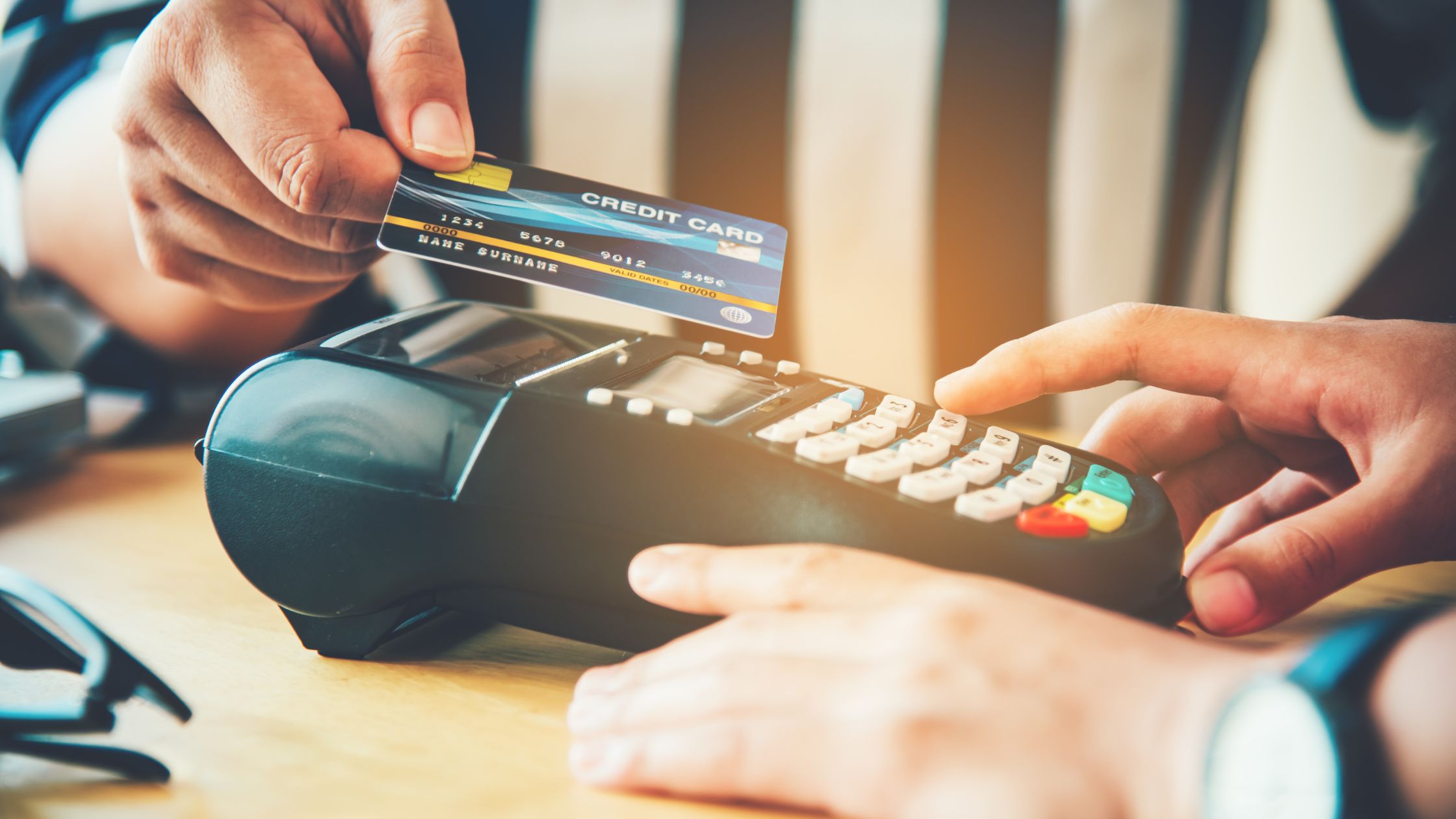In today’s fast-paced hospitality industry, restaurant point of sale systems have become indispensable. From quick-service spots to fine dining, the right POS system can streamline operations, enhance customer experience, and drive profit margins. But with so many choices on the market, how do you pick the one that truly meets your restaurant’s needs?
Let’s dive into what makes modern restaurant POS systems so powerful — and how they can transform your business.
What Is a Restaurant Point of Sale System?
A restaurant point of sale (POS) system primarily handles sales transactions, but modern POS solutions go well beyond that. These systems now support a wide range of functions, including tracking orders, facilitating communication with the kitchen, managing inventory, overseeing staff, and enhancing customer loyalty programs.
Key Benefits of Using Restaurant Point of Sale Systems
1. Accelerate Order Processing
Efficiency is critical during peak hours. A reliable POS system allows staff to enter orders quickly through touchscreens, mobile devices, or even self-service kiosks. Features like menu photos and customizable layouts help reduce errors and speed up the workflow.
2. Improve Communication Between Front and Back of House
Kitchen Display Systems (KDS) instantly route orders to the kitchen. This minimizes delays and ensures every dish reaches the guest at the right time. As a result, your team works in sync and your customers enjoy a seamless dining experience.
3. Enable Smarter Staffing Decisions
With real-time sales reports and labor tracking tools, managers can adjust staffing on the fly. These insights help reduce unnecessary labor costs while ensuring that service levels remain high.
4. Offer Flexible Payment Options
Guests expect convenience. POS systems that accept tap, chip, swipe, and mobile payments — even offline — ensure no sale is lost. Pre-authorized bar tabs and split-bill options also enhance guest satisfaction.
5. Sync Online and In-Store Orders
Cloud-based restaurant point of sale systems allow restaurants to unify their operations. Orders from third-party delivery apps, online platforms, and in-house systems are all consolidated in one place, reducing double entries and costly mistakes.
Common Use Cases by Restaurant Type
Every restaurant has unique challenges. POS systems help tailor solutions to each business type:
- Quick-Service Restaurants (QSRs):
Speed up drive-thru and takeout operations with touchless ordering and automated kitchen routing.
- Full-Service Restaurants:
Simplify multi-course service with seat and table tracking, tip management, and guest notes.
- Bars & Breweries:
Use preauthorized tabs, quick pours, and dark-mode screens to serve faster in low-light settings.
- Food Trucks:
Use mobile POS devices for flexible payments and inventory management on the go.
- Cafés & Bakeries:
Streamline small-ticket sales and repeat orders with loyalty programs and visual menu buttons.

How to Train Your Staff on a POS System
Investing in restaurant point of sale systems means nothing if your team can’t use it efficiently. Here’s how to ensure success from day one:
- Offer hands-on training: Use simulation sessions to teach ordering, splitting checks, and closing tabs.
- Create cheat sheets: Help staff remember shortcuts or complex steps for modifying orders.
- Role-play real scenarios: Let servers, hosts, and managers practice with real menu and customer scenarios.
- Use vendor support tools: Leverage videos, live chats, or help centers from your POS provider for ongoing education.
With proper training, your staff will feel confident — and your service will improve instantly.
How POS Systems Improve the Guest Experience
Customer satisfaction starts with efficiency. Here’s how modern POS solutions make an impact:
- Faster checkouts: Reduced wait times lead to higher guest satisfaction.
- Order accuracy: Real-time updates eliminate mistakes and kitchen confusion.
- Customization options: Guests can modify orders easily or build meals using kiosks.
- Loyalty perks: Reward programs encourage return visits and boost engagement.
- Communication: Automated text alerts notify guests when their orders are ready.
A great POS doesn’t just support your staff — it directly delights your guests.
Must-Have Features in a Restaurant POS System
Here’s a quick checklist when shopping for restaurant point of sale systems:
- Cloud-based with real-time syncing
- Mobile ordering and contactless payments
- Kitchen Display System integration
- Inventory and ingredient tracking
- Employee scheduling and payroll tools
- Customer relationship management (CRM)
- Loyalty, gift cards, and marketing automation
- Offline mode and secure data backups
- Intuitive UI with customizable menus
How Restaurant POS Systems Deliver ROI
Investing in a POS system is a business decision that yields measurable returns. Here’s how:
- Higher order accuracy reduces costly mistakes.
- Faster service increases table turnover and revenue.
- Reduced waste through real-time inventory tracking boosts margins.
- Smarter labor scheduling helps you avoid overtime and burnout.
- Improved guest satisfaction encourages repeat business.
On average, restaurants using robust POS systems report a 10–20% increase in profitability within the first year.
Conclusion: Scale Your Restaurant with Smarter Technology
Choosing the right restaurant point of sale system can define your restaurant’s success. It’s not just about taking payments — it’s about elevating your entire operation from the kitchen to the customer.
If you’re ready to modernize your restaurant’s technology, consider exploring the solutions from Floreant POS, a trusted name in open-source restaurant management.

Frequently Asked Questions
1. What is the most important feature in a restaurant POS system?
The most crucial feature is real-time integration across ordering, kitchen, and payment processes. This ensures fast service and fewer errors.
2. Strengthen Coordination Between Front and Back of House
Kitchen Display Systems (KDS) send orders directly to the kitchen in real time, streamlining communication and reducing errors.
3. How can a POS system improve customer loyalty?
By integrating with loyalty programs and marketing tools, POS systems track customer preferences and reward repeat visits — keeping guests coming back.







